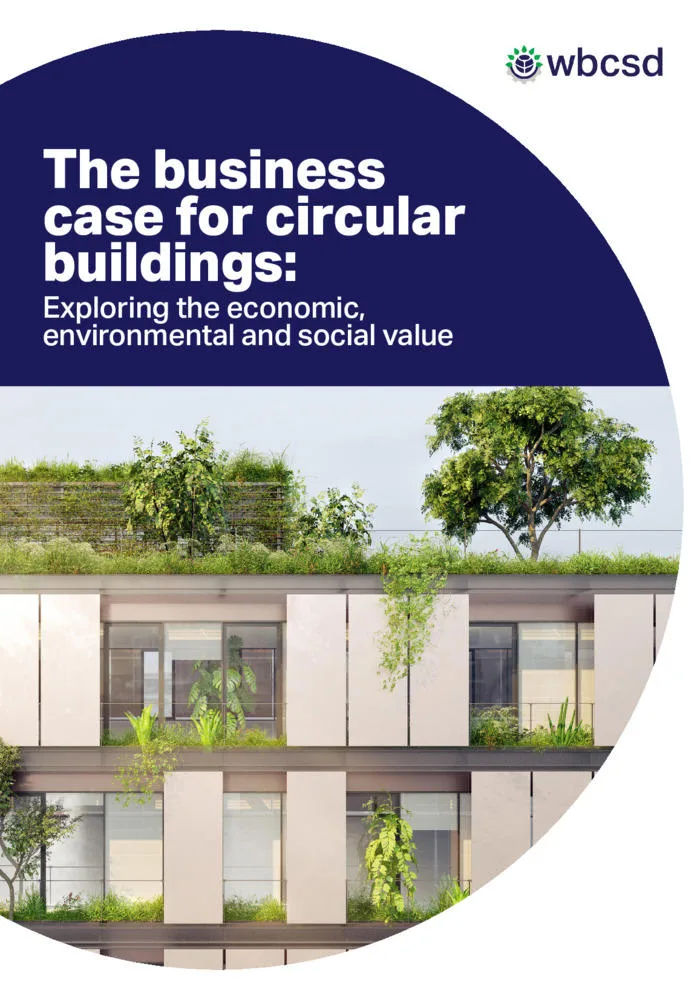Exploring the economic, environmental and social value

Published
27 October, 2021Type
PublicationThe construction industry consumes roughly half of virgin resources globally and accounts for close to 40% of global carbon emissions and solid waste streams. With increasing urbanization, building more sustainably will be essential to achieving Sustainable Development Goals and global climate targets.
Embracing a circular economy could help to cut greenhouse gas emissions from building materials and reduce the industry’s impact on nature and biodiversity. At the same time, circular practices present a business opportunity in terms of innovation and business models that the sector shouldn’t miss.
The report articulates the business case of pursuing circularity in the built environment consisting of the economic value alongside a broader value case, including environmental and social factors. It brings together qualitative and quantitative research identifying how circular practices can provide competitiveness in the marketplace and highlighting emerging evidence of economic value, such as:
- A lease price advantage from increased flexibility and lower costs resulting from changing interiors or workplaces, which opens the potential for increased rental prices and lowers operational costs at tenant turnover
- Market differential and rapid sales through enhanced branding and local community buy-in
- Increased asset value by residual material valuation and component value after deconstruction
- Avoided costs from new land acquisition and landfilling costs by prioritizing existing building land use
- 6% overall decrease in acquisition and maintenance costs compared to a standard building.
